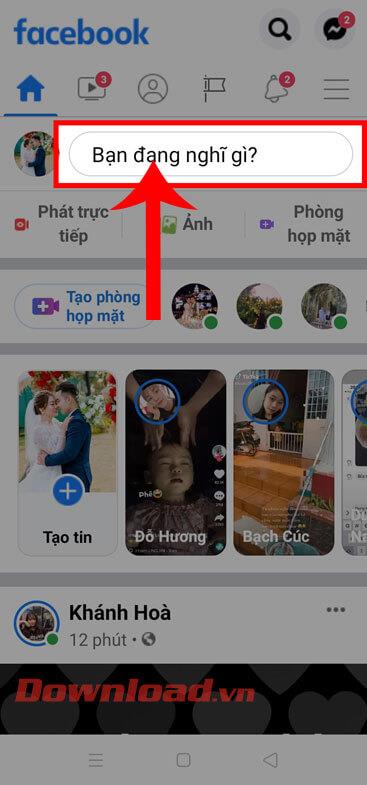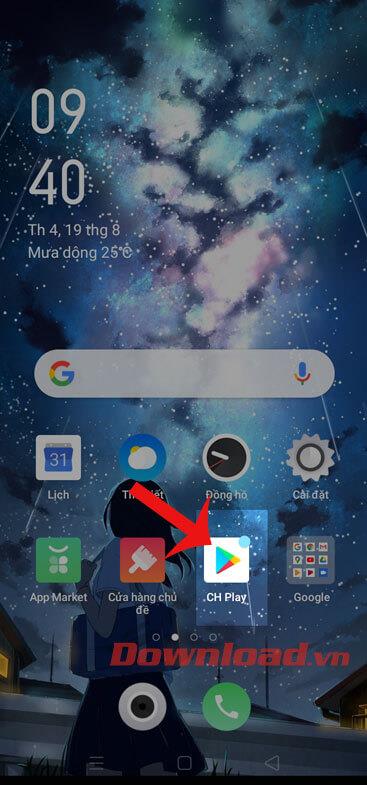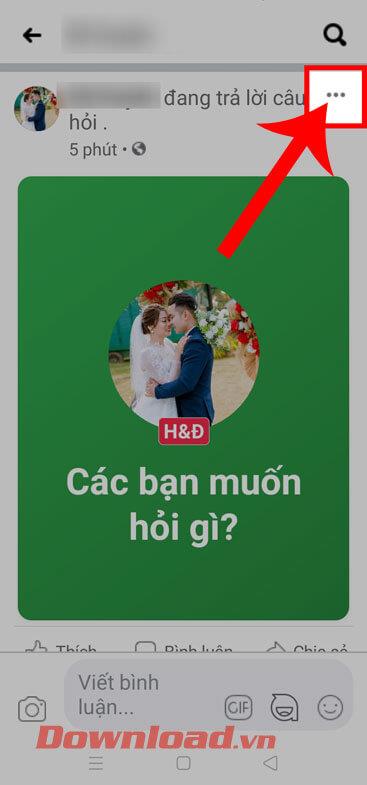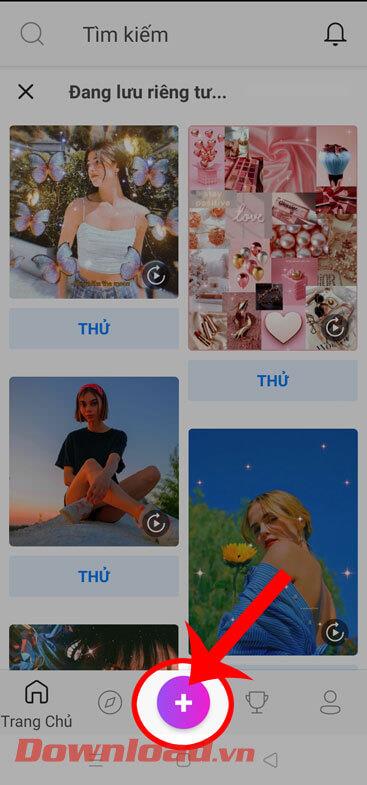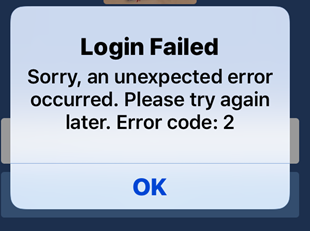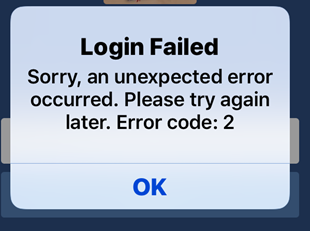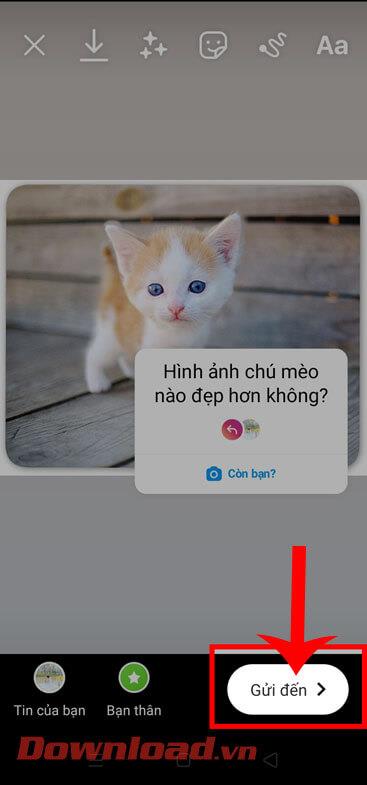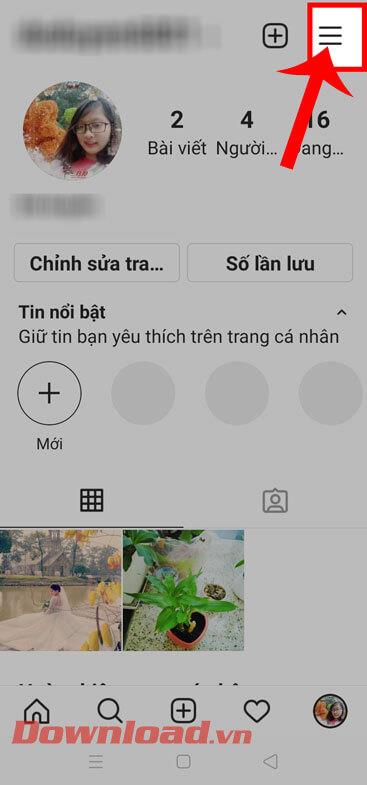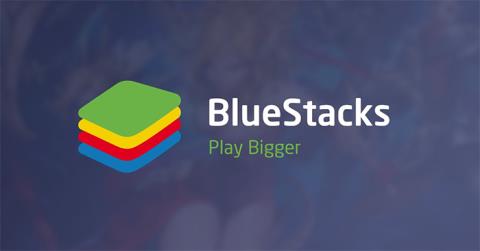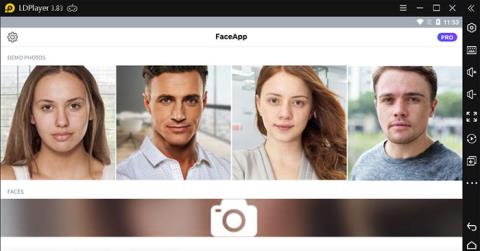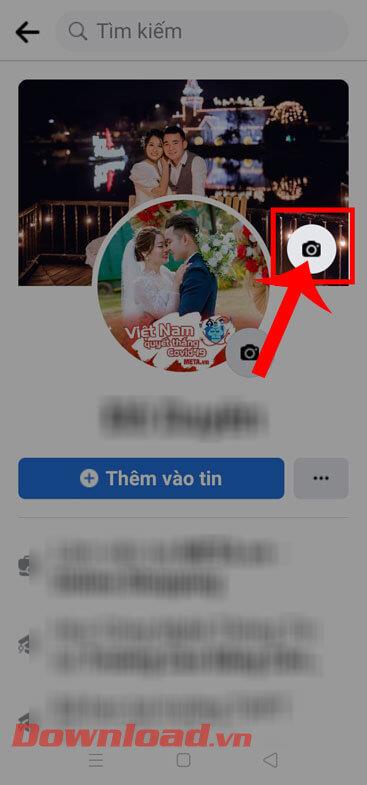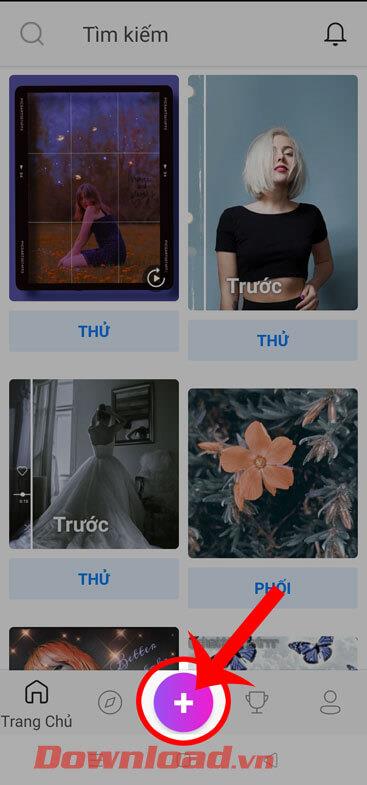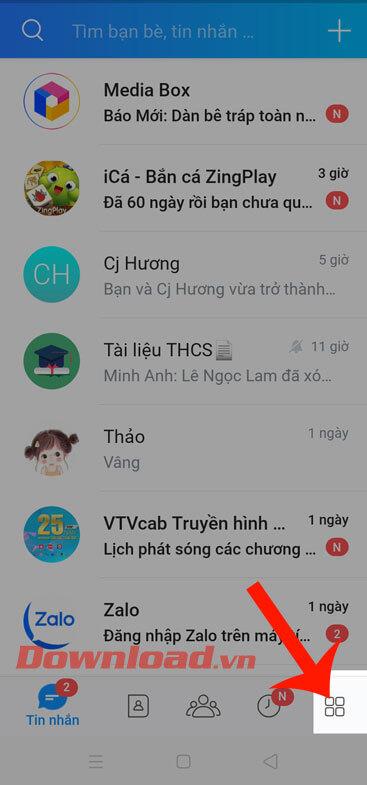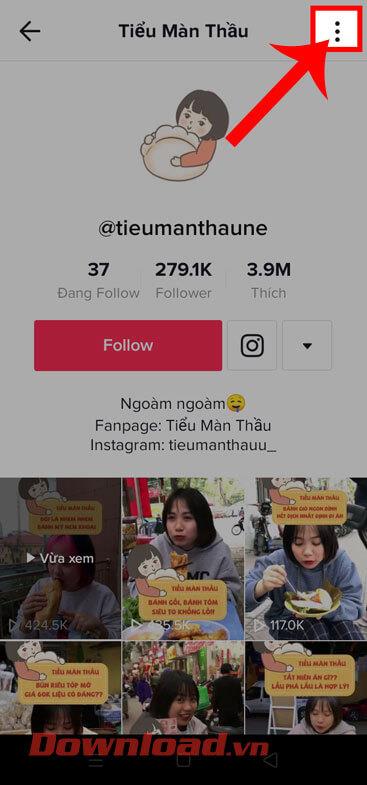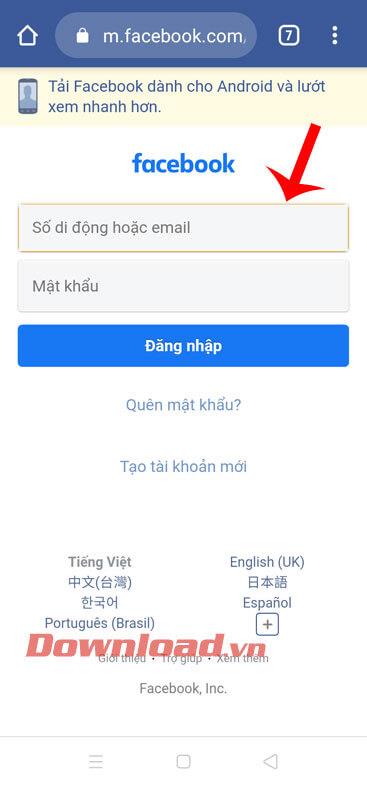How to pin comments on TikTok
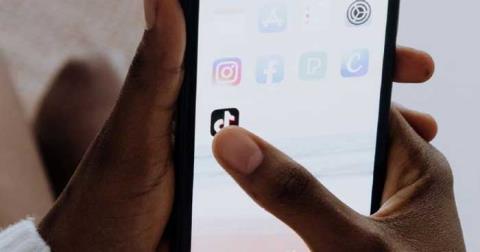
How to pin comments on TikTok, TikTok allows users to pin comments easily. Here's how to pin comments on TikTok videos.
Cameras are everywhere today, meaning you’ll likely find an image that interests you on Facebook. However, tracking down the source can be challenging. Many factors determine how to reverse lookup a Facebook image.

For one, there are plenty of reverse image search options on Google. But what do you do if you see an image on Facebook and want to locate its origins? Although Facebook doesn’t have a reverse image search feature, you can use the unique numerical ID that Facebook assigns to every image on Facebook to identify the source of the photo. Alternatively, you can use Google Image Search for a reverse image lookup outside the Meta platform.
Here’s how to find the origin of a photo on Facebook.
How to Reverse Image Search
One of the easiest ways to find information about an image is by doing a reverse image search. You can use search engines like Google Images or TinEye to quickly find the source of a picture. You may not see the original poster, but you can utilize any dates posted in the search engine results.
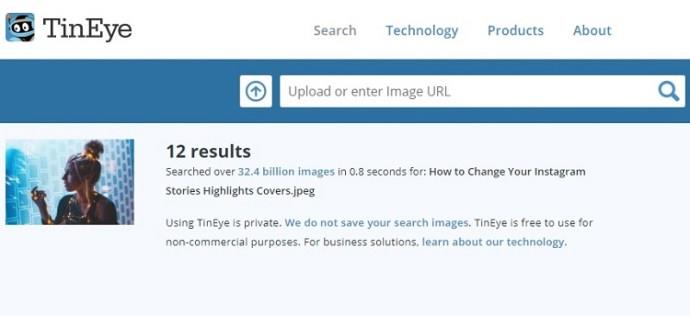
You need the image location or the actual image to use a reverse image search engine. You can also download the image and save it. To save a photo from Facebook, you can either right-click it and tap “Save Image As” from the web browser or open the image on the app, tap the three vertical dots in the upper right-hand corner, and click save.

For Google, you can paste the image URL or upload the image you downloaded and saved.
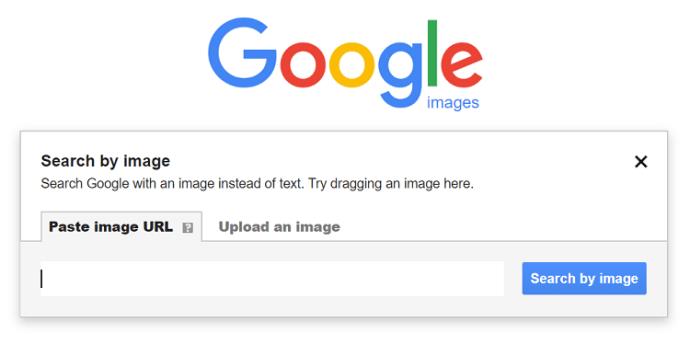
Remember that your reverse image search results may vary depending on the owner’s profile settings. If the user has their privacy locked down, you may be unable to determine whose profile the image originated from. You may find information about the photo from places other than Facebook, leading you to the source of the picture.
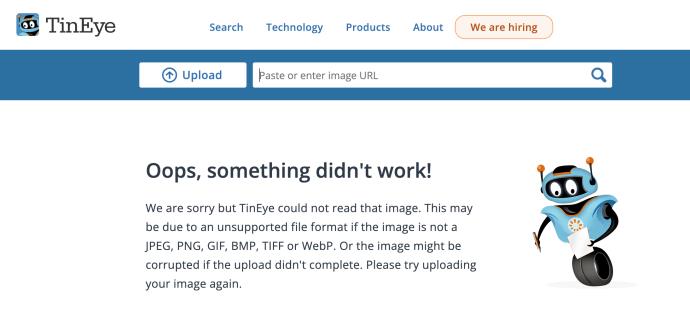
Instead of or in addition to a reverse image search, there is a method you can use within Facebook to trace a photo back to the originating profile.
Read on for instructions on how to match an image to a profile on Facebook.
How to Use Facebook Photo ID Numbers
The Facebook Photo ID number process does not deliver source information in most circumstances, but Meta provides a link on Facebook to the original post from which an image came. You can also use the fbcdn.net domain to obtain the image’s ID number to reach the original profile.
For instance, if one of your friends reposts a photo from one of their albums or bulk posts, Meta shows that “this photo is from a post” and provides a link to their original post that included it. Copying the Facebook ID from the image URL, such as “?fbid=6456722346656323” and going to “https://www.facebook.com/photo.php?fbid=6456722346656323” does the same thing.
However, when someone shares a photo, the “?fbid=################” part of the URL takes you to the original poster’s image page when attached to “facebook.com/photo.php” (facebook.com/photo.php/?fbid=################).
If there is no “?fbid=” in the URL, it shows the original poster’s username instead, such as “https://www.facebook.com/TheMotherofAllNerdsPage/photos/a.1525555554372168/3469395706654800/.” The original poster’s username is “TheMotherofAllNerdsPage,” and the photo/image ID is “3469395706654800.” To get the actual profile name, copy the last group of digits and add them to “?fbid=,” such as “https://www.facebook.com/photo.php?fbid=3469395706654800.”
Third, images “shared” by one person DO take you to the original poster’s image page when using the “?fbid=” context, but the shared post always includes that information already, so there is no need. If John shares a Garfield comic from Funny Stuff, the “?fbid=” part of the URL takes you to the originally posted image by Funny Stuff, but John’s post already shows that information and provides a link to it.
It’s important to remember that you may not be able to access the original poster’s image URL or get to a Facebook profile link from the image page. The information you see may be limited and depends on the person’s or business’ privacy settings.
So, if a friend shared one of their friend’s photos/images, but you aren’t friends with their friend, you may not see the post unless they have “Friends of friends” permissions set. If a friend shares a business image post, you may not get access to it if it requires you to subscribe.
The profile must be public for optimal results, which isn’t always the case.
With that in mind, here’s how to use this method to find specific Facebook profiles when possible.
Step 1: Locate the Photo ID Number
First, you must locate the Facebook photo ID number on the image. To do this, right-click on the image and choose “View Image/Photo.” Doing this may reveal the original link for the photo. Alternatively, you can right-click on the image and choose “Copy image address.”

If you see “?fbid=################” in the image URL, that stands for Facebook ID, confirming that the image came from Facebook and is the profile ID number on the social network’s domain (facebook.com). But that won’t take you to the original poster’s image page. It just represents who posted the image. You still need to find the photo’s unique number assigned by Facebook’s static images domain.
Step 2: Opening the Facebook Profile using the Photo’s ID on fbcdn.net
If you see “fbcdn.net” in the URL, that is the domain Facebook uses for storing static images, which stands for Facebook content delivery network. You often see this scenario when opening an image from the image page on Facebook.
Note that opening any Facebook post takes you to the Facebook image page on facebook.com, not the “fbcdn domain” image page. You get to the “fbcdn” page when you right-click the image and select “Open” or “Open in new tab.”
There is a series of three number groups in the URL on the fbcdn.net address, such as “https://scontent-iad3-1.xx.fbcdn.net/v/t39.30808-6/339409443_690803322735653_7226034513706708994_n.jpg?_nc_cat=1&…”
The middle group represents the photo’s ID number on the “fcbdn.net” domain. Copy it (690803322735653) and add it to the end of “facebook.com/photos.php?fbid=” to get to the original poster’s image page.
The complete address should be the following: https://www.facebook.com/photo.php?fbid=690803322735653. If you get “Sorry, this content isn’t available right now,” you don’t have permission to view it.
Every Facebook user and photo on Facebook has a unique number, so you now have a match by matching the image’s ID (from fbcdn.net) with the profile ID (from facebook.com/photo.php). You don’t need the profile ID when you use the image ID. It automatically takes you to the profile’s image page. However, you can click on the profile name to access their page.
Facebook Reverse Image Lookup FAQs
Is a Facebook profile picture public?
Yes. One of the rules of Facebook is that all profile pictures must be public. Therefore, if you see a photo that appears to be a profile picture, you should be able to find the image’s source.
Can I search for private pictures on Facebook?
The only way to see someone’s private photos on Facebook is if you’re friends with their friends (and their settings allow it). Searching for images on Facebook can be difficult if the original poster has a private account.
How do I find my friend’s photos?
You can if you’re friends with someone on Facebook and want to view their photos. You can also do this for Public accounts. Here’s what to do:
1. Visit the person’s profile (use the search bar at the top to type their name).
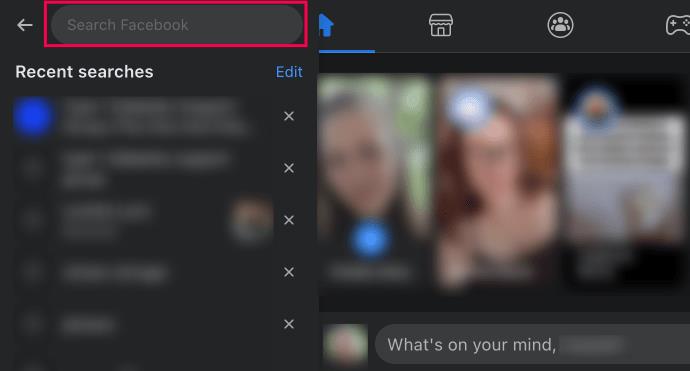
2. Click on Photos/Video.
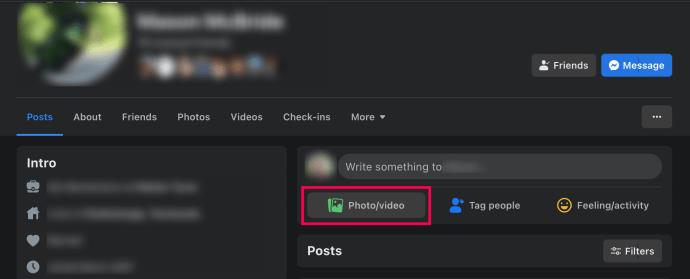
Here, you can see all of your friend’s photos and videos.
Does Reverse Image Search Actually Work?
A reverse image search may be the easiest way to look up information. It’s not the most comprehensive, especially for social media websites.
Instead, check out the name format. See if the photo comes from Facebook or another website. If it is from Facebook, you can try locating the photo ID and using the generic URL to bring you to the correct Facebook page.
Keep in mind that neither method is entirely reliable. Both results may vary depending on many factors. But you may luck out and be one step closer to putting a name to a face, and that’s a step closer than you were before you tried.
How to pin comments on TikTok, TikTok allows users to pin comments easily. Here's how to pin comments on TikTok videos.
Instructions for Organizing a Q&A session on Facebook, Recently, Facebook has launched the feature to create a Q&A session, when you post a question for everyone to answer.
Instructions for installing and recording videos with Likee, Likee is an application that supports extremely beautiful and impressive video recording, and is loved by many young people today. The following,
How to export the list of meeting participants in Zoom, How to take attendance on Zoom is not difficult, it even allows you to export the list of students participating in the class.
How to change font on Xiaomi, Want to create a new image for Xiaomi device? Just follow the instructions below to change the font style and size above
Instructions for creating a mirror image effect on Picsart, Picsart is an application where users only need to perform a few simple steps to transform the photo.
How to add new fonts to Microsoft Word, Can't find the font you want to use for documents in Microsoft Word? Don't worry, you can install new fonts for Word according to these steps
How to turn off the computer screen and still have the computer running, How to turn off the PC screen and still have the computer running on Win 10/11? Very simple. Here's how to turn off the computer screen
To fix the “An unexpected error occurred” issue when logging in to Facebook, you can try the following steps
Users reported that their Facebook, Messenger and Instagram accounts were suddenly logged out and could not be accessed again, both on the app and web version.
Instructions on how to take photos on Tiktok are extremely simple. Tiktok is a famous application for recording and creating short videos on social networks. However, this application also
How to find and get Instagram links, Instagram is one of the most popular and easy-to-use social networking platforms today. However, because it is designed specifically for mobile,
Instructions for locking the mouse cursor when playing games on BlueStacks, Instructions for turning on/off the mouse cursor lock feature when playing games in the BlueStacks App Player emulator.
Instructions for installing and using Faceapp using an emulator on PC, Simple and easy instructions on how to install and use the Faceapp face editing app using an emulator on PC
Instructions for creating a cover photo group on Facebook, Creating a cover photo group is a feature that helps users set Facebook cover photos with many different images (maximum of 6 photos).
Learn how to effectively use the Stochastic Indicator for technical analysis on Bubinga. Explore advanced techniques to enhance your trading strategies
Instructions for adding angel wings to photos using PicsArt, PicsArt is a photo editing application used by many people today. Today WebTech360 will introduce the article
How to turn off the Just accessed notification on Zalo. This article WebTech360 will guide you to turn off the Just accessed notification under your Zalo chat name.
Instructions for blocking and unblocking accounts on TikTok. Similar to other social networking applications, TikTok also allows users to block someone's account
How to write a long status with a colorful background on Facebook, Today, WebTech360 will introduce some steps to post a long status with a colorful background on Facebook,
